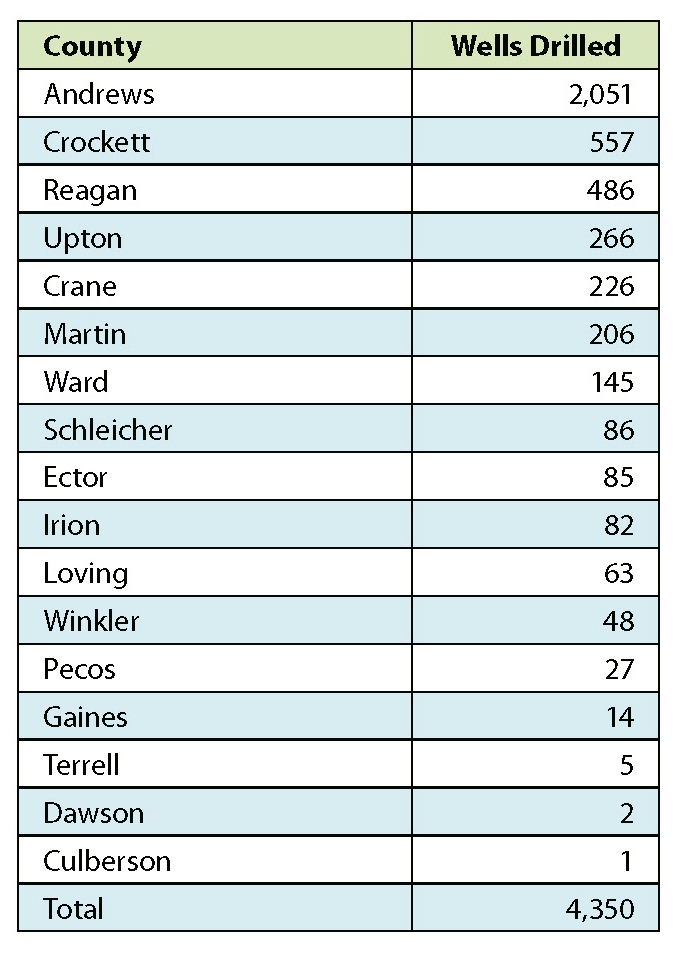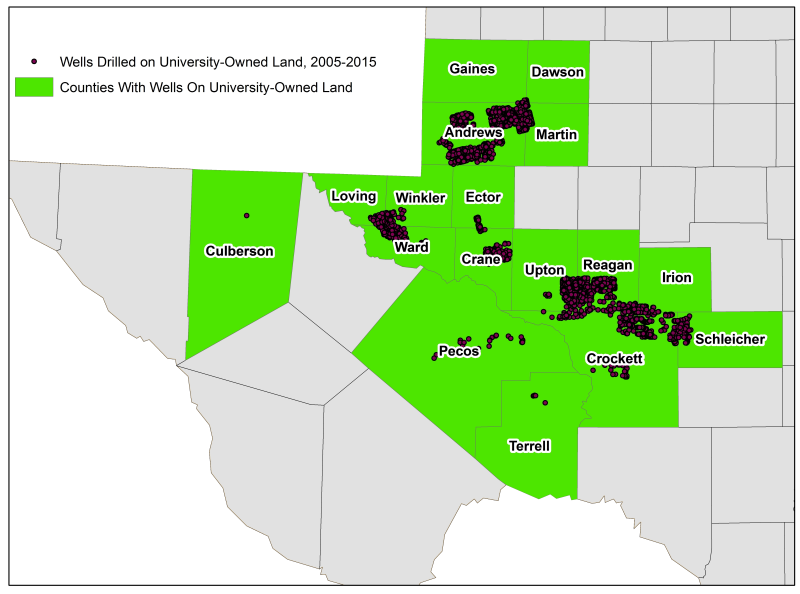Jeff Inglis
Policy Analyst
As the state’s flagship educational institution and a significant landholder, the University of Texas has a particular responsibility to protect the environment, Texas’ special places and public health. Fracking on university-owned lands, which fund UT and the Texas A&M System, put pressure on scarce water resources, introduced hundreds of millions of pounds of toxic substances to the environment, worsened global warming, and threatened migratory birds and endangered species. Fracking on University of Texas Lands: The Environmental Effects of Hydraulic Fracturing on Land Owned by the University of Texas System quantifies this damage this dangerous practice has wrought on university lands.
Policy Analyst
Executive Director, Environment Texas Research & Policy Center
Since 2005, oil and gas companies have drilled 4,350 wells on West Texas land owned by the University of Texas. Of those wells, 95 percent have been subject to high-volume hydraulic fracturing, or “fracking.” Fracking threatens the environment and human health by consuming vast amounts of water, introducing toxic chemicals into our air and water, and damaging natural landscapes.
As the state’s flagship educational institution and a significant landholder, the University of Texas has a particular responsibility to protect the environment, Texas’ special places and public health. Fracking should not occur anywhere. But if fracking is to occur on University of Texas lands, the university must at least act immediately to eliminate the worst industry practices and safeguard the environment and public health.
As many as 4,132 wells drilled on university-owned land since 2005 have been subject to high-volume hydraulic fracturing.


Oil and gas drilling on university lands put pressure on water supplies.
University-owned land and the groundwater beneath it have been polluted by oil and gas extraction.
Fracking on university land has required the use of vast quantities of toxic chemicals known to harm human health. Wells drilled on University of Texas land from 2005 to 2015 used at least:
Fracking on university land produces emissions that contribute to global warming.
Fracking is so dangerous to the environment and human health that it should not occur anywhere. If the University of Texas continues to allow fracking on its land, the university should at least end the worst practices and take immediate steps to protect the public. Specifically, the university should:
In addition, the university should, in keeping with its mission as an educational institution, collect and make available to the public more complete data on fracking, including water usage and chemicals involved, enabling Texans to understand the full extent of the harm that fracking causes to our environment and health.
Policy Analyst
As the director of Environment Texas, Luke is a leading voice in the state for clean air, clean water, clean energy and open space. Luke has led successful campaigns to win permanent protection for the Christmas Mountains of Big Bend; to compel Exxon, Shell and Chevron Phillips to cut air pollution at three Texas refineries and chemical plants; and to boost funding for water conservation and state parks. The San Antonio Current has called Luke "long one of the most energetic and dedicated defenders of environmental issues in the state." He has been named one of the "Top Lobbyists for Causes" by Capitol Inside, received the President's Award from the Texas Recreation and Parks Society for his work to protect Texas parks, and was chosen for the inaugural class of "Next Generation Fellows" by the Robert S. Strauss Center for International Security and Law at UT Austin. Luke, his wife, son and daughter are working to visit every state park in Texas.
